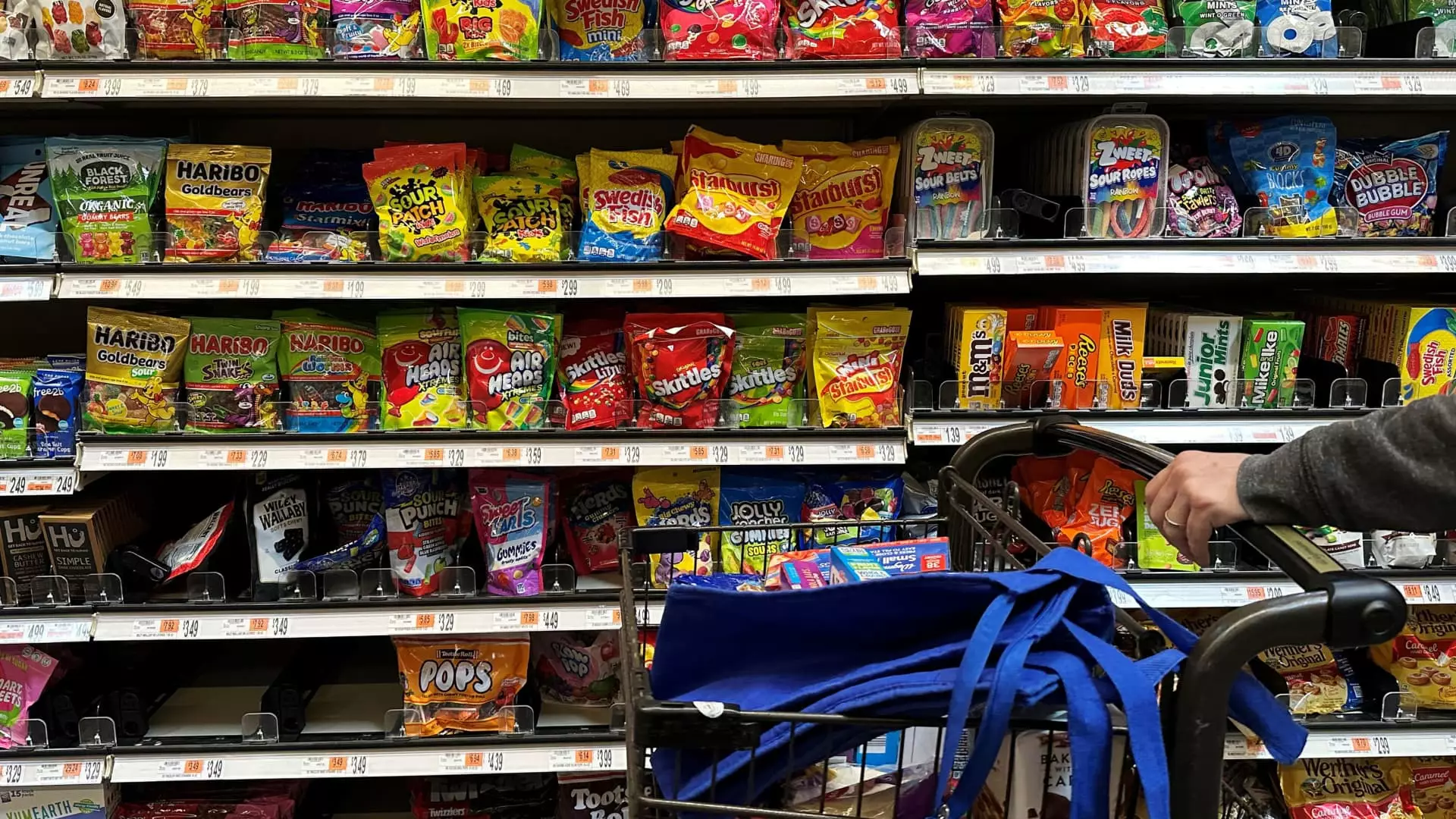The recent announcement from the FDA regarding the elimination of petroleum-based synthetic dyes from food products has stirred a kaleidoscope of reactions across the nation’s food landscape. With the vibrant shades of Flamin’ Hot Cheetos and Skittles potentially fading into obscurity, it’s time to delve deeper into what this change truly signifies for our food culture and public health—a shift that could ultimately alter how we perceive food safety and nutrition.
A Toxic Heritage: The Problem with Artificial Colors
For the better part of the last fifty years, American children have been subjected to an alarming experiment: a diet brimming with synthetic additives. The FDA’s recent commentary underscores a significant public health concern, stating that “American children have increasingly been living in a toxic soup of synthetic chemicals.” This kind of language isn’t just fluff; it highlights a growing awareness and repulsion towards substances that have long been added for aesthetic appeal, yet may pose risks to health. The increasing phobia around artificial colorants isn’t merely whimsical; it stems from studies that link artificial dyes to heightened hyperactivity among children, painting a clear picture of their potential hazards.
The Industry’s Defense: Profit Over Health?
While the FDA is emphasizing the importance of transitioning to natural alternatives, some major food conglomerates are echoing a counter-narrative—a defensive stance that implies there’s no substantial proof linking synthetic dyes to health risks. Such rhetoric raises an uncomfortable question: is the protection of profits overshadowing the genuine welfare of consumers? The skepticism of these corporations, including PepsiCo and General Mills, reflects a larger issue in the food industry: prioritizing bottom lines over public health. Their reluctance to fully embrace change signifies a conflict that resonates with many who advocate for safer, healthier food options.
The Unexpected Role of Government: Friendly Negotiation or Imminent Regulation?
What stands out in this FDA initiative is the approach taken by Health Secretary Robert F. Kennedy Jr. The emphasis on “friendliness” in negotiations, rather than legislative measures, is refreshing but alarming. Will the lack of stringent regulations allow corporations to drag their feet on compliance? If the FDA has “many tools at its disposal” but chooses a more diplomatic approach, we must question the effectiveness of this strategy. While attempting to strike a balance between industry and health, the potential for corporative non-compliance looms large. Past experiences reveal that corporate change often requires a heavy hand, not just a gentle nudge.
Natural Alternatives: A Rainbow of Challenges
The FDA’s proposal includes encouraging the use of natural dyes like beet juice and turmeric. While appealing, this transition raises pragmatic concerns. Companies often find natural alternatives less cost-effective, risking inflated prices in grocery aisles. In Europe, where regulations are already more stringent, companies controlling supply chains managed to adjust without raising prices significantly. However, the American market—hangover of consumer preference for vibrant colors—may prove more challenging. Will customers be willing to accept a less vibrant version of their beloved snacks? The hurdles to reformulation can often lead back to the original problem: consumer resistance against less colorful, yet potentially healthier, options.
An Intricate Web of Health Politics
Kennedy’s FDA reforms have broader implications. Operating at the helm of a $1.7 trillion agency, he possesses a significant chessboard of authority to navigate. His intentions seem noble, aimed at dismantling what he perceives as collusion between health agencies and food companies. However, the political undercurrents cannot be ignored. Rapid changes implemented under a polarizing administration raise eyebrows. How will these shifts affect public trust, already dented by previous health controversies? While the focus on natural ingredients is commendable, using children’s health as leverage for political agendas risks compromising the basic tenet of governmental responsibility: protecting citizens from harmful practices.
Hope or Hype? Peering into the Future
Proponents of this phase-out herald it as a cornerstone for a healthier future, positioning it as a small yet crucial step toward combating the chronic disease epidemic. Yet, one must remain skeptical. Reality often breeds caution. While phasing out these dyes is undoubtedly positive, it won’t single-handedly solve the extensive array of health issues plaguing Americans today. This singular focus might offer a false sense of hope if not accompanied by comprehensive policy reform and public education.
The FDA’s transition efforts may be a significant stride in improving food safety, yet its success will hinge on how rigorously these changes are implemented and whether they survive the test of corporate pushback and consumer acceptance. At a time when personal health is more critical than ever, true transparency will be paramount. The phase-out opens a window for change, yet the looming specter of corporate resistance and fluctuating regulations presents a challenge we cannot ignore.

